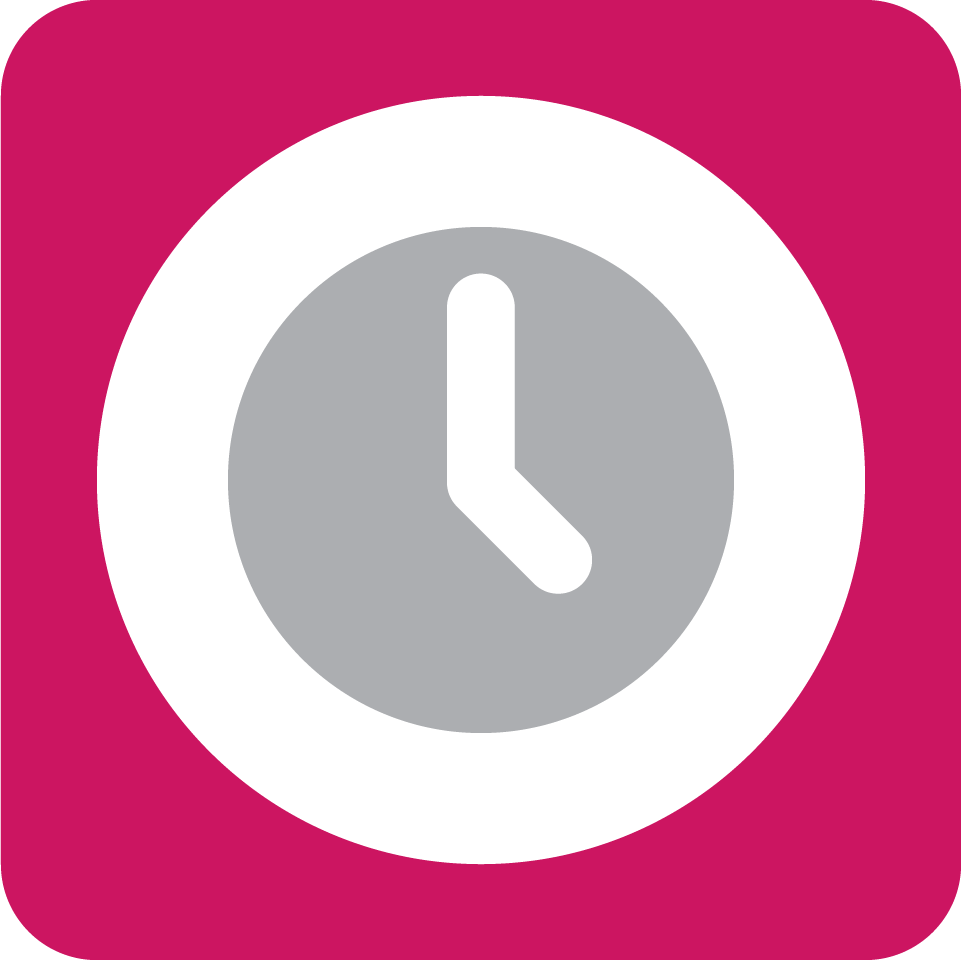This tutorial page is written for those who can write JavaScript programs. To experience Songle Sync without any prior knowledge of programming, Step 1 and Step 2 of the tutorial are good starting points. Also, search Songle Sync on Twitter might find interesting applications.
Playground
Create a Node.js-based Songle Sync master server
For those who are not satisfied with Step 1-4 of the tutorial, this page digs a little bit deeper into development of practical Songle Sync applications. In particular, this page introduces how to create a Node.js-based server that serves as a Songle Sync master client.
Summary of this step / Toward the next step
Create various kinds of web applications with Songle Sync!
We hope you could successfully create a web server and make it publicly available by deploying it to the PaaS.
Elaborating the example code would make more appealing applications—for instance, how about an Internet radio station to which users can contribute songs on the web of their choices? We hope to see your applications soon!
Create a GitHub repository
Please input a repository name.
Creating a GitHub repository ...
Deploying the GitHub repository content to Heroku ...
 Tutorial
Tutorial